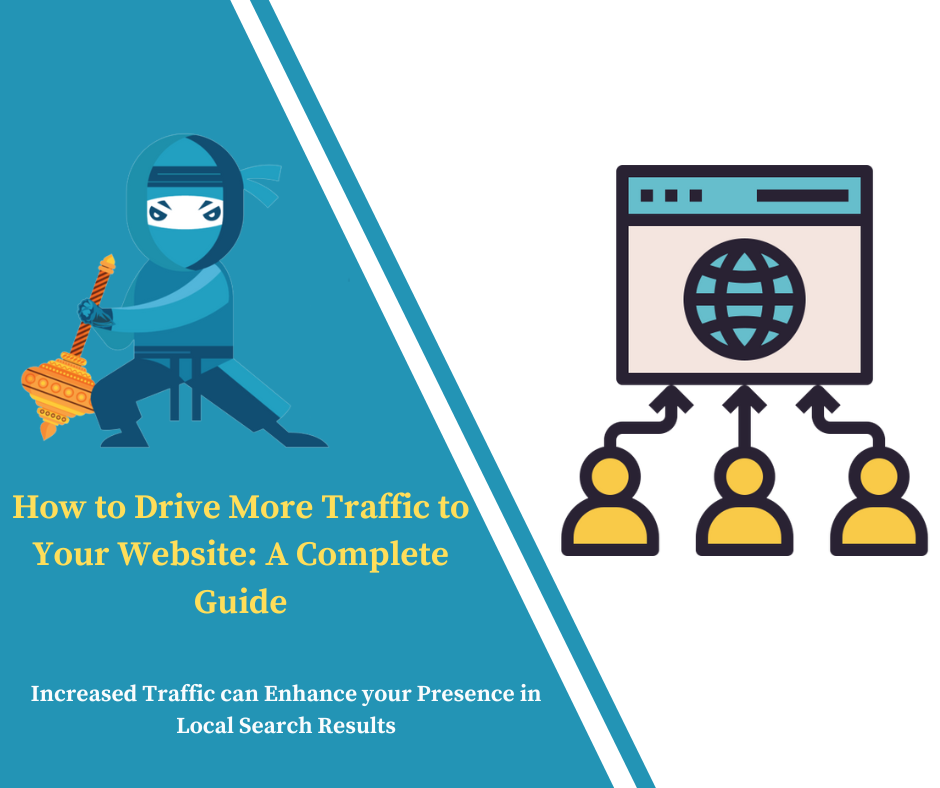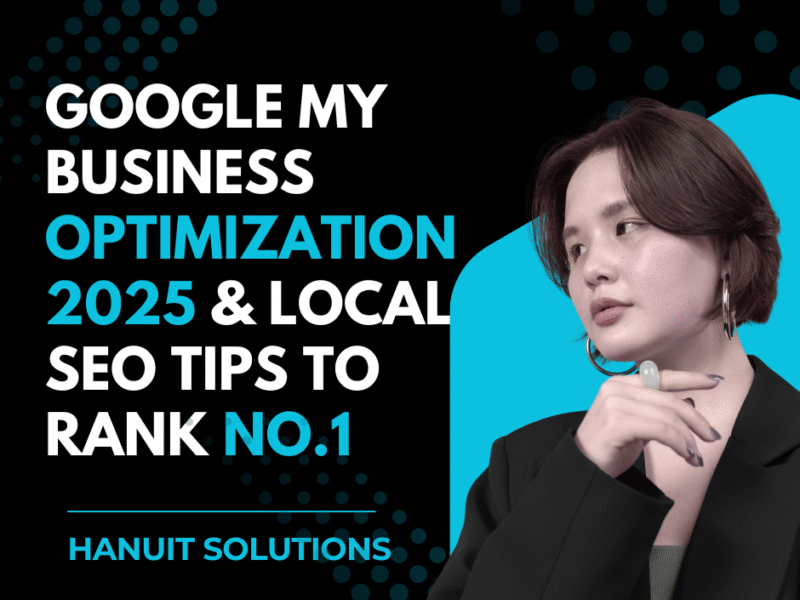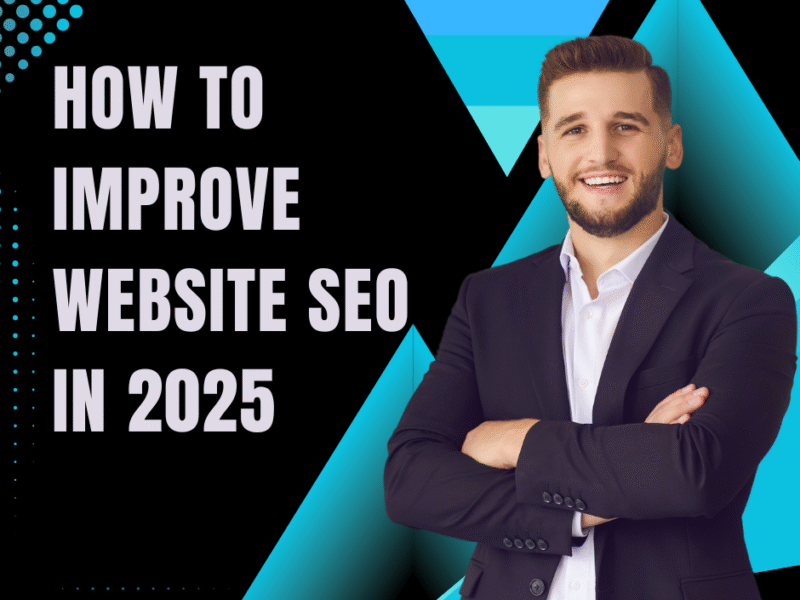How to Drive More Traffic to Your Website: A Complete Guide
Driving more traffic to your website is essential for growth, visibility, and conversions. Whether you’re running an e-commerce store, a blog, or a business site, increasing traffic is key to success. But it’s not just about getting any visitors; it’s about attracting the right audience who are more likely to engage with your content, purchase your products, or use your services. In this complete guide, we’ll explore proven strategies on how to drive more traffic to your website and enhance your online presence.
1. Optimize for Search Engines (SEO)
Search engine optimization (SEO) is one of the most effective ways to drive organic traffic to your website. SEO involves making adjustments to your website’s content, structure, and metadata to rank higher in search engine results pages (SERPs).
Key SEO Strategies:
Keyword Research: Identify keywords and phrases that your target audience is searching for. Tools like Google Keyword Planner and Ahrefs can help you find high-volume, low-competition keywords to focus on.
On-Page SEO: Ensure that each page on your site is optimized for search engines by including relevant keywords in titles, headings, meta descriptions, and body content. Optimize images by using descriptive file names and alt tags.
Content Creation: Regularly publish high-quality, valuable content that answers your audience’s questions. Focus on long-form content, as it tends to perform better in search results.
Internal Linking: Linking-related content within your site helps search engines understand the structure of your website and encourages users to explore more pages.
2. Leverage Social Media
Social media platforms are powerful tools for driving traffic to your website. By sharing your content, products, or services on these platforms, you can engage with a wider audience and direct them to your site.
Social Media Tips:
Consistent Posting: Maintain a regular posting schedule to keep your followers engaged. Share your blog posts, promotions, and other valuable content with eye-catching images and compelling descriptions.
Engage with Followers: Interact with your audience by responding to comments, answering questions, and engaging in conversations. Building a relationship with your followers increases the likelihood of them visiting your website.
Paid Advertising: Consider running targeted ads on platforms like Facebook, Instagram, or LinkedIn. These ads allow you to reach specific demographics, driving targeted traffic to your site.
3. Create High-Quality, Shareable Content
Content marketing is another powerful strategy for attracting visitors. Creating content that is valuable, informative, and shareable can increase the chances of it being distributed across social media, blogs, and other websites.
Effective Content Types:
Blog Posts: Write comprehensive, well-researched articles on topics that resonate with your audience.
Infographics: Visual content is more likely to be shared, so consider creating infographics that summarize important data or concepts.
Videos: Video content is highly engaging and can drive traffic to your site from platforms like YouTube.
Guest Blogging: Write guest posts for reputable websites in your niche, including links back to your site to attract new visitors.
4. Utilize Email Marketing
Email marketing is a great way to drive traffic by reaching out directly to people who are already interested in your content. With a well-curated email list, you can nurture relationships and encourage subscribers to revisit your website.
Also read: 10 Actionable Tips to Skyrocket Your Website Traffic
How to Use Email Marketing:
Build Your Email List: Offer incentives like free downloads, discounts, or exclusive content to encourage visitors to sign up for your newsletter.
Personalized Campaigns: Create targeted email campaigns that cater to your audience’s interests. Include direct links to your blog posts, products, or other website pages.
Regular Updates: Keep your subscribers informed with regular updates about new content, upcoming events, or promotions on your website.
5. Run Paid Advertising Campaigns
If you’re looking for faster results, consider using paid advertising to boost website traffic. Platforms like Google Ads and Facebook Ads allow you to reach targeted audiences and drive traffic with precision.
Types of Paid Advertising:
Google Ads: Appear at the top of Google search results with pay-per-click (PPC) ads that target specific keywords.
Social Media Ads: Platforms like Facebook, Instagram, and LinkedIn allow you to run ads that target specific audiences based on interests, behaviors, and demographics.
Retargeting Ads: These ads target users who have previously visited your site but did not convert, encouraging them to return and complete an action.
6. Collaborate with Influencers
Influencer marketing can expose your website to a broader audience by leveraging the followers of influencers in your industry. Collaborate with influencers to promote your products or content through their social media channels, blog posts, or videos.
How to Collaborate:
Choose Relevant Influencers: Select influencers whose audience aligns with your target market.
Offer Value: Provide influencers with value, such as free products or services, in exchange for promoting your website.
Track Results: Monitor the traffic driven by influencer collaborations to ensure it’s worth the investment.
7. Participate in Online Communities
Engaging in online communities like forums, Facebook groups, and Reddit can drive traffic if done correctly. Share your expertise, answer questions, and provide valuable information, all while linking back to relevant content on your website.
Best Practices:
Be Genuine: Avoid spamming communities with links to your website. Instead, focus on providing valuable insights and only include links when it’s relevant to the conversation.
Build Trust: Actively participate in discussions to build trust and credibility before promoting your content.
FAQ
Why is SEO important for driving traffic?
SEO helps improve your website’s visibility on search engines like Google. By optimizing your content, keywords, and website structure, you can increase the chances of ranking higher in search results, leading to more organic traffic.
How can social media help drive traffic to my website?
Social media allows you to share your content with a larger audience, engage with potential customers, and create brand awareness. Consistent posting and interaction with followers can help drive more traffic to your website.
What types of content should I create to attract visitors?
Focus on high-quality, informative, and shareable content such as blog posts, videos, infographics, and guest articles. These types of content are more likely to be shared and can help attract a wider audience to your website.
Are paid ads effective for driving traffic?
Yes, paid ads can be a quick and effective way to drive traffic, especially if you’re targeting specific keywords or demographics. Platforms like Google Ads and Facebook Ads offer targeted advertising options that can help you reach the right audience.
How can email marketing boost website traffic?
Email marketing allows you to stay connected with your audience by sending regular updates, promotions, and content. With a strong email list, you can drive consistent traffic back to your website.
What role do influencers play in driving website traffic?
Influencers have a loyal following that trusts their recommendations. Collaborating with influencers in your niche can expose your website to a new and engaged audience, increasing your traffic.
Conclusion
Driving traffic to your website requires a multi-faceted approach. From mastering SEO and leveraging social media to creating valuable content and running paid campaigns, each strategy plays a crucial role in attracting the right audience. While organic methods like SEO and content marketing may take time to yield results, they offer long-term growth. Paid advertising and influencer collaborations, on the other hand, provide quicker wins but require careful investment. The key to success is consistency, adaptability, and focusing on delivering value to your audience.








